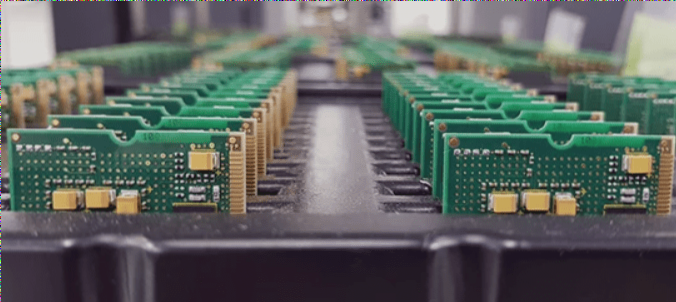Significance of PCBA Mixing Degree
- The concept of PCBA mixing degree is essential for guiding component packaging and layout selection.
- It helps reduce differences in the assembly process on the same mounting surface.
Introduction to PCBA Mixing Degree
The PCBA mixing degree refers to variations in the assembly process for different packages on the PCBA mounting surface. It involves differences in process methods and stencil thickness, impacting assembly complexity and costs.
Concept of PCBA Mixing Degree
The degree of PCBA mixing indicates the complexity of the assembly process. It influences soldering quality and manufacturability.

Measurement and Classification of Mixing Degree
- PCBA mixing degree is quantified by the maximum difference in ideal stencil thickness for components on the same assembly surface.
- It is classified into four levels, affecting process optimization and solder paste printing quality.
Relationship Between Component Pin Spacing and Steel Mesh Thickness
Steel mesh thickness design considers component pin spacing and coplanarity, influencing the maximum usable thickness. Pin pitch and coplanarity determine stencil thickness, aiding in component packaging selection.
Understanding and applying the concept of PCBA mixing degree is crucial for selecting component packaging and layout, optimizing assembly processes, and managing associated costs effectively.


